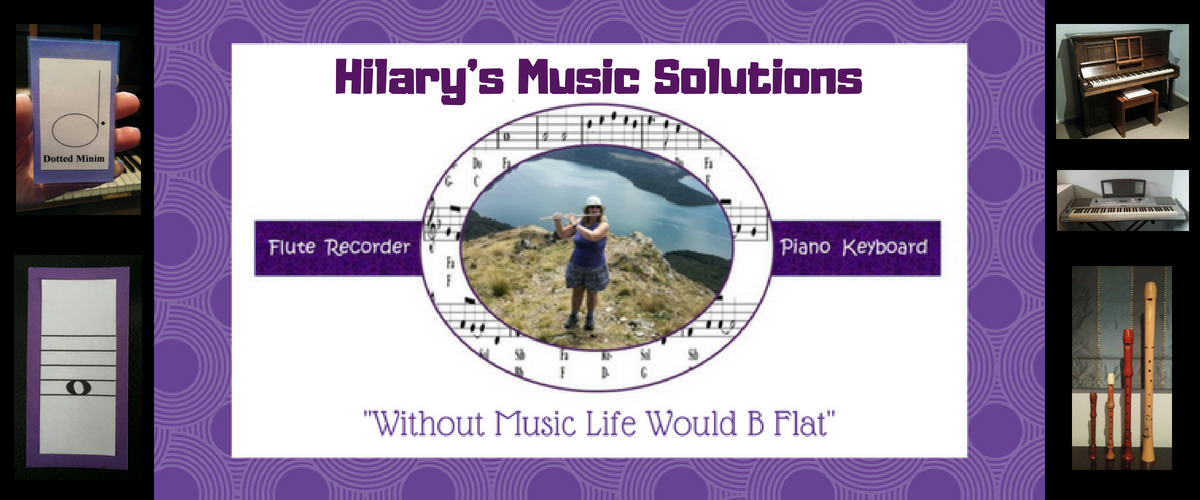Musical notes are written
1. on the set of 5 lines and 4 spaces called the Staff or Stave and
2. around the lines above or below the stave called Ledger Lines
If you insert a treble clef on the picture above, the first note is called D and is above the 9th ledger line. Doesn't it look high. The second note written on the stave is also called D and is a little scared of D1!!
Some people play instruments which use treble clef signs on the music. Others use the bass clef. And each instrument has a specific note range and hence the number of ledger lines varies . For example a flutes usual range of notes is three octaves starting at middle C. However it can produce a high G sound is on the 7th ledger line above the treble stave.
Reading notes on the stave seem easier because they are generally learnt first and hence a lot of music written and played for this range of notes. More experienced players get to play ledger lines but if you are not reading them much in the music you play then they are hard to remember . Is it an E or a G? this is more difficult when sight reading fast passages.I can fully empathise with D2 ( picture above )!!
Do you like ledger lines?
Are you afraid of heights?


